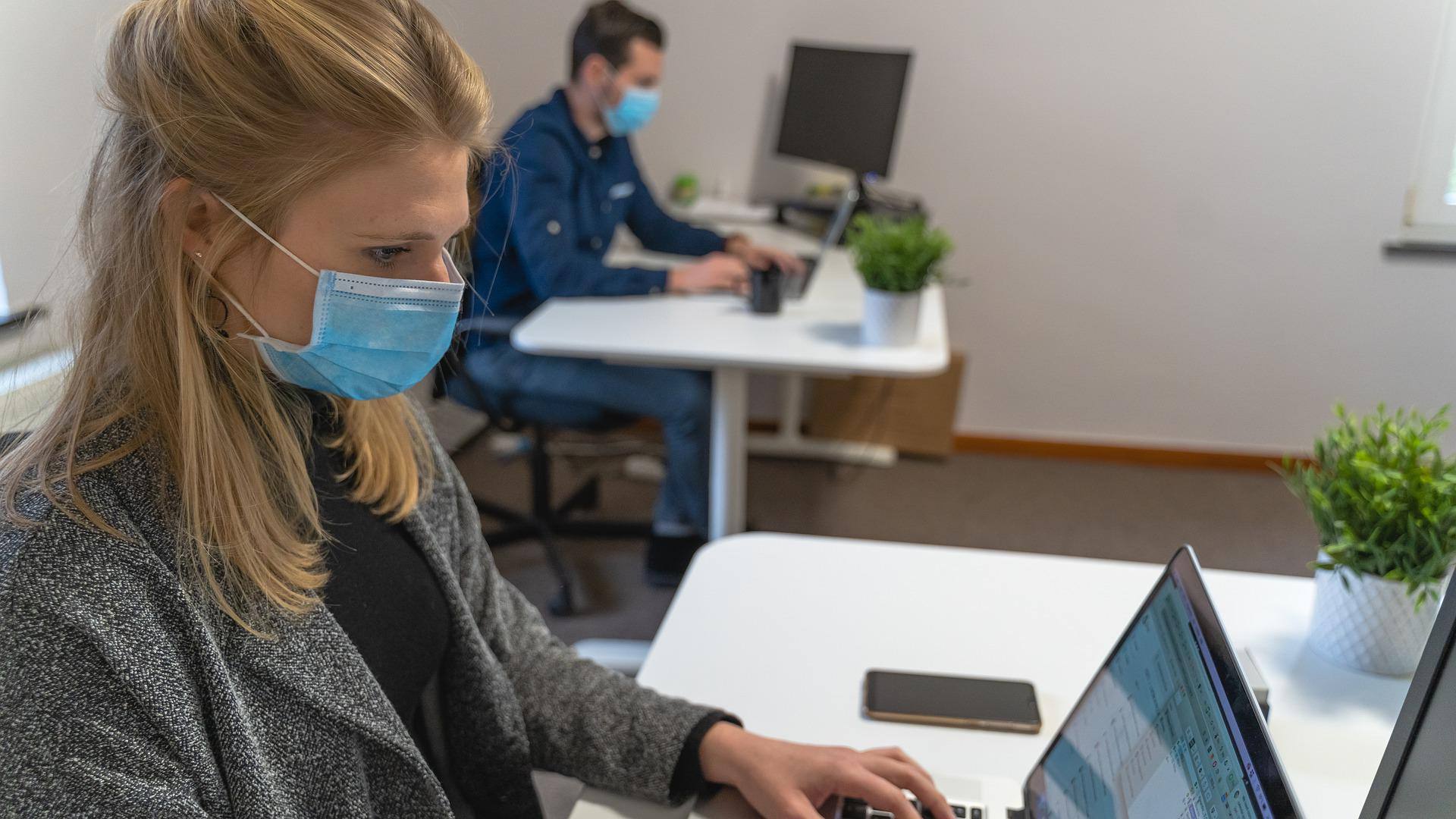
IESE Insight
How to plan an orderly return to work
As lockdowns are lifted, companies are getting back to their businesses riddled with uncertainty. Drawing from experiences after natural disasters and terrorist attacks, Joan Fontrodona and Philip Muller offer a series of guidelines to organize "operation return."
With governments around the world easing COVID-19 restrictions on movement, companies are tentatively preparing to return to work.
But planning that return isn't easy. There are looming questions about how this coronavirus will evolve in the coming months. Governments are still defining the policies under which businesses can allow employees back in offices, and decisions are contingent on the latest data. It's a bit like planning for a trip without knowing exactly where you're going, when you leave, or how long you'll be away.
And yet getting this transition right is essential to avoid a new spike in cases and a heavier economic toll. Taking a page from experiences in natural disasters and terrorist attacks in the latest notebook from the CaixaBank Chair of Corporate Social Responsibility, chair holder Joan Fontrodona and Philip Muller offer these guidelines for businesses:
Choose the right moment to return to work. While governments will set general guidelines for ending lockdowns, it will be up to each company to define the best time to return. Keep in mind that companies like Google have been praised in the United States for sending workers home before any government mandate; Google has also indicated that most employees won't be back in offices before the end of the year.
Define a gradual return by phases and dates. It's important to think in stages and time lines, which will vary for different types of activities. Given the number of people who test positive for COVID-19 but who are asymptomatic, hastily returning too many workers at the same time could be disastrous.
Know how to manage work backlog. While many people have switched to telecommuting -- and are working more than ever -- there still may be lots of accumulated work. It's a good idea for every department to evaluate what was interrupted by the sudden lockdown, and prepare for the likelihood that many tasks weren't completed during these weeks of confinement.
Expect new work habits. How has COVID-19 changed working habits? Rather than returning to the way we worked before, companies must creatively incorporate new habits into their ways of working. These are some of the questions that companies should ask themselves:
- How and when will we let employees know about the different challenges and scenarios that will arise with the return to work and in the future?
- Will we implement health and safety measures as part of the new routine?
- Will we keep a percentage of workers working from home, or establish staggered work schedules, more permanently as a preventative measure and to take advantage of lessons learned during COVID-19?
- Will we introduce new approaches to reduce our carbon footprint, in particular in areas such as reduced travel?
- Will we organize some sort of event to show solidarity with and remember victims of the pandemic, both inside and outside the company?
Safeguard core activities. Within the general return plan, companies should prioritize everything related to core activities and ensure that they restart under the strictest safety conditions.
Appoint a person to field return-related issues. The return will generate problems that even the best planners didn't anticipate. To avoid these becoming an obstacle to a successful return, it's best if every company identifies a person who can act as a gatekeeper for problems.
Key questions for planning
In addition to following the above steps, Fontrodona and Muller have identified the following nine areas as important in the planning process:
- Government. Is our return plan consistent with the measures and recommendations of local, national and international authorities, particularly regarding the health of employees and preventing the spread of the disease?
- Employee health. Does the return plan safeguard 100% the health of employees? How?
- Emergency. Do we have a plan detailing how to react in case there is an outbreak of the virus in one of the company's offices or departments?
- Communication. Have we designed a communication plan adapted to the needs and interests of each stakeholder, in order to keep them informed in a transparent way after the COVID-19 health emergency? Do we have channels to be able to hear their concerns and answer them?
- Financial risk. Do we have a continuity plan for the business adapted to possible financial scenarios as economic activity begins again and we go back to work? Does this plan include a response to worst-case scenarios?
- Supply chain. Do we monitor the different stages of the supply chain, and have alternative plans in case there's disruption in one of them?
- Travel policy. Do we have a domestic and international travel policy that doesn't put the health of employees at risk? Should we consider limiting employees' travel after this remote work experience, for environmental reasons as well?
- New consumer habits. Does our business model respond to new consumer habits following COVID-19? Has something changed in our way of understanding or improving our activities in the light of the lockdown experience?
- Services. Have we designed a plan to gradually return to normal in the distribution of goods and services to clients and consumers?
How to plan an orderly return to work from IESE Business School
